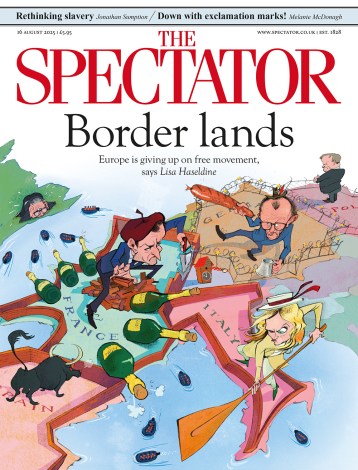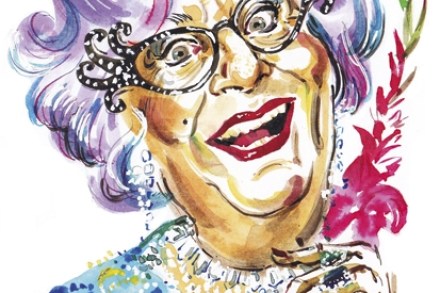James Delingpole: The Wrong Mans leaves me gasping with exhilaration and glee
Among the criticisms rightly levelled at the BBC are that its commissioning editors are overcautious, unimaginative, unadventurous and over-reliant on star names and proven formulae. So I really didn’t have much hope for The Wrong Mans (BBC2, Tuesday), the latest vehicle for the painfully ubiquitous James Corden. Since Gavin & Stacey — which I know we’re all supposed to have cherished beyond measure — Corden has become as inescapable a part of the BBC furniture as David Jason was in the Eighties, or Robson & Jerome were in the Nineties. If Corden had pitched a script based on the Albanian telephone directory, I’m sure the BBC would have commissioned it


















